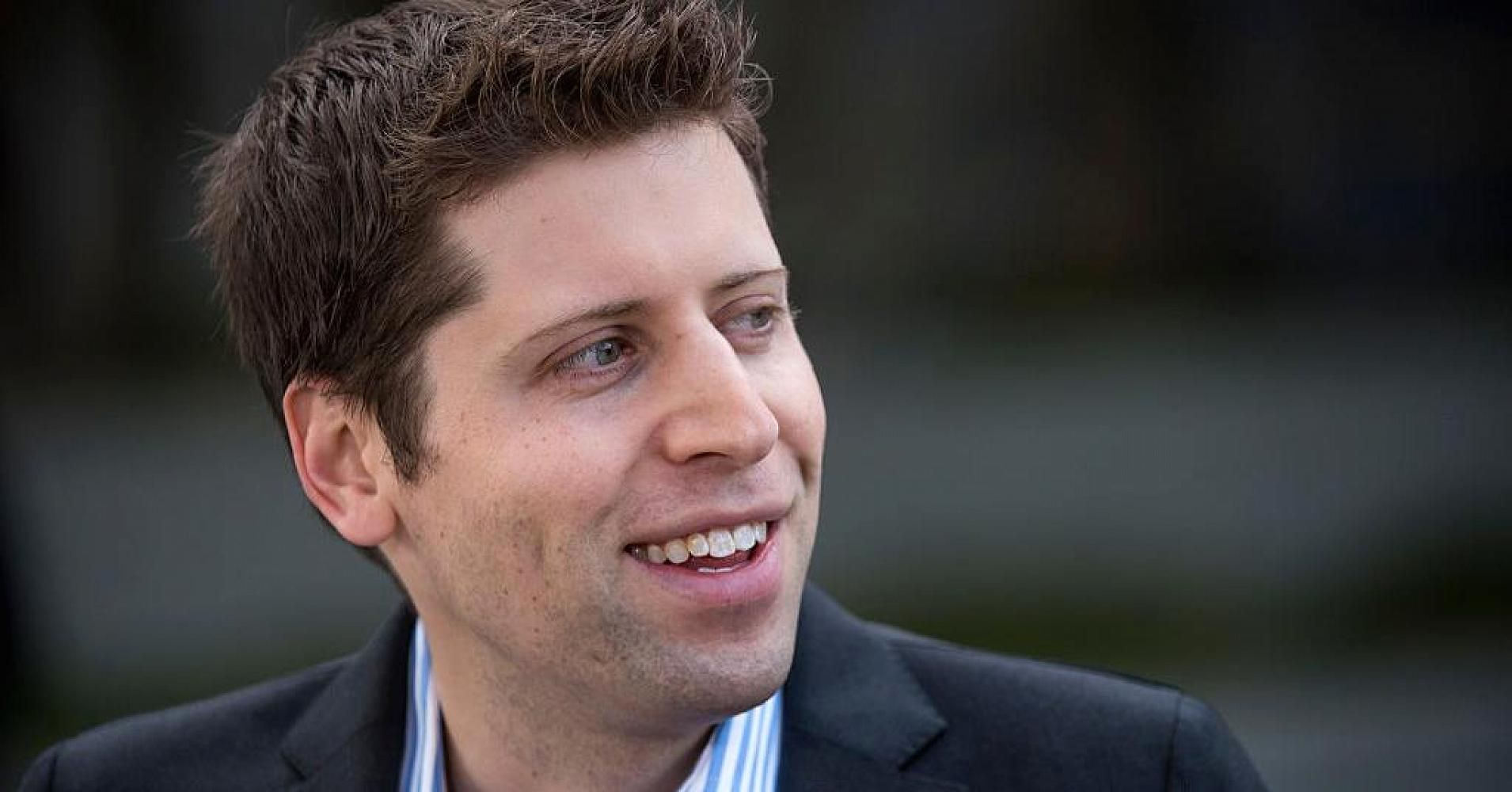On August 1 2017, the value of a Bitcoin was at $2,750 US dollars. Today, just over one month later, it is poised to leap past $5,000 per unit. With this gain, many people are asking if Bitcoin has any genuine, inherent value. Is it a pyramid scheme? —Or is it simply a house of cards ready to collapse when the wind picks up?
In a past article, I explained that Bitcoin fundamentals ought to place its value in the vicinity of $10,000.* (At the time, it was less than $450, and had even fallen to $220 in the following year).
For many consumers viewing the rising interest in Bitcoin from the stands, there is great mystery surrounding the underlying value. What, if anything, stands behind it? This is a question with a clear and concise answer. In fact, it has a very definitive and believable answer—but it is easiest to understand with just a little bit of historical perspective.
At one time, G7 fiat currencies were backed by a reserve of physical Gold or the pooling or cross-ownership of other currencies that are backed by gold. That ended in 1971 when the Bretton Woods agreement was dissolved by president Richard Nixon in Ithaca NY.
Today, US currency is backed by “The good faith and credit of the American worker” (This is the government explanation of intrinsic value). But in truth its future value is loosely tied to one simple question: Does the typical vendor or consumer (for example, someone accepting a $20 bill in exchange for a movie ticket or 2 large pizzas) expect it to buy these same things in the next few months?
A considerable number of speculative components contribute to the answer. For example:
- What About the Big Picture? DEBT! Everyone knows that a house built on debt cannot thrive forever without a continuous stream of productivity and income. Is the money being printed without a commensurate added value to the nation’s capacity to repay debts?
- Public Trust: Good faith goes beyond debt. Can consumers and creditors be certain that a change of government won’t cause rampant inflation or a willful failure to retire future debt? Can they be assured that their fellow workers will continue to produce and export manufactured goods in ever increasing quantity?
- Guns & Tanks: Citizens are compelled by law to pay their taxes in official state currency. Even for those who attempt to fly under the wire or use alternate currencies during the tax year, this ultimately forces fiat currency to be recognized and honored.
- Geopolitical Stability: We have been a debtor nation for decades and we have significant political and economic disputes with our largest creditors (China and nations of oil-rich gulf states). What would be the effect of them (a) moving away from the dollar as their reserve currency, or (b) investing the trillions of dollars they have earned in some other country?
This list is not exhaustive, but all constituents boil down to two fundamental concepts: Supply-and-demand and How long will demand last?
The dollar is an invention of a transient government. Even with a long history and complex banking framework, it is no more real than Bitcoin. Supply and demand for any commodity is based on popular recognition, anti-counterfeit features, innate desire and public goodwill. The real question is what contributes to the desire to own or spend Bitcoin?
The answer is that Bitcoin is backed by something far more reliable and trustworthy than the transient whim of elected legislators. It is backed by something that carries more weight than the US government. What could possibly guaranty the value of a Bitcoin? After all, it does not convey ownership in gold, and it has no redemption guarantee. There is no engraving of Caesar on the coin. (In fact, there is no coin at all!)…
Answer: Bitcoin is backed by math, a firm cap, a completely transparent set of books, and the critical mass of a two-sided network. Although it can be taxed (like any asset), it can be owned and transferred with impunity and without recourse. These may not seem like critical components of intrinsic value, but they are. In fact, they define intrinsic value in the modern era.
Related:
Philip Raymond co-chairs CRYPSA, produces The Bitcoin Event, edits A Wild Duck and is keynote at this year’s Digital Currency Summit in Johannesburg.






